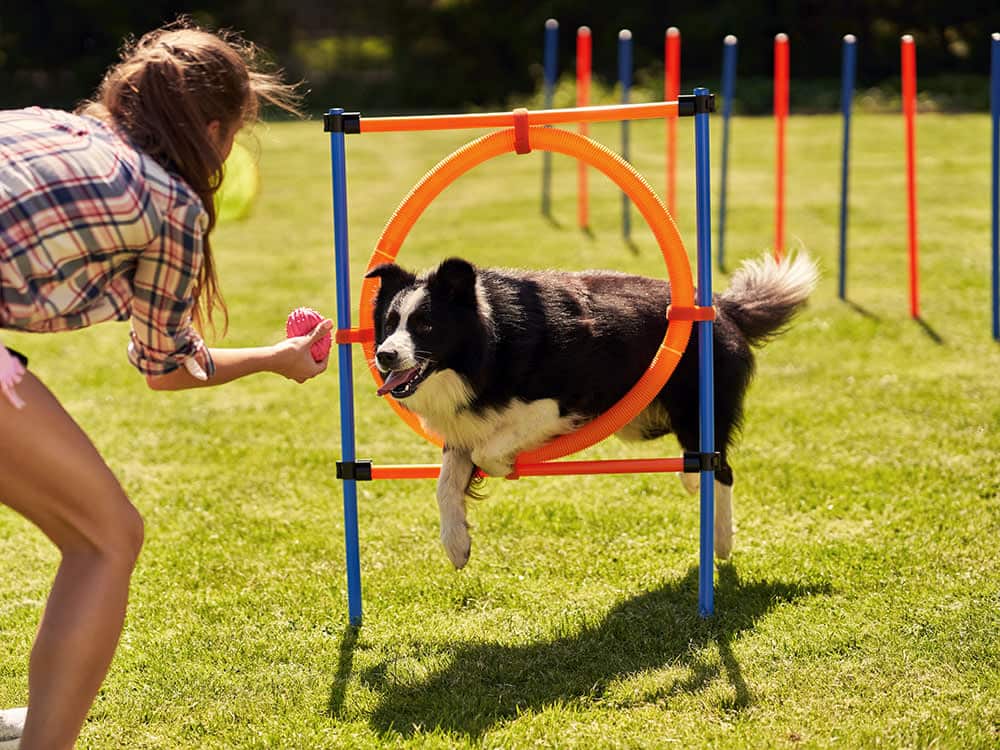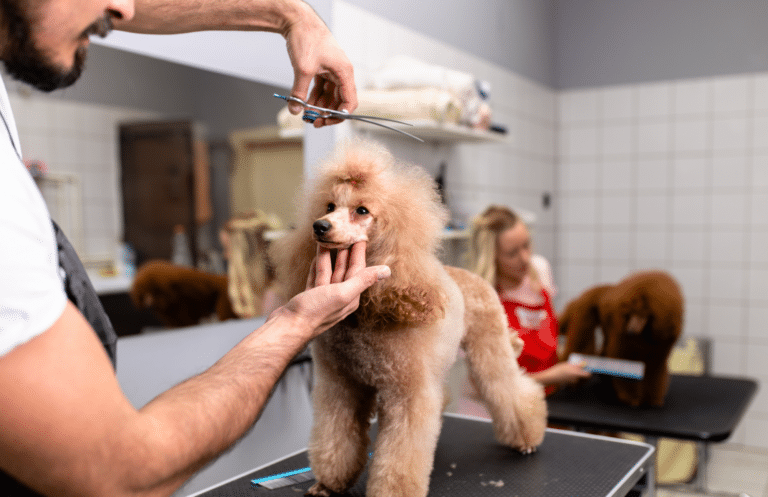Sales & Marketing Plan for a Pet Training Business

Establishing and thriving in a pet training business requires more than exceptional training skills; it necessitates a well-planned approach to marketing and sales to effectively connect with pet owners. This comprehensive guide aims to craft a customized sales and marketing plan tailored specifically for the business plan of a pet training venture.
We begin by emphasizing the importance of conducting a comprehensive market analysis to comprehend your competition and discern the needs of potential clients or pet owners.
Subsequently, we’ll delve into the strategic development of your pet training business’s brand identity and positioning it effectively within the market landscape.

Market Analysis
Competitive Analysis
- Identify Competitors: Understanding the landscape of pet training services in your area is crucial. Research other pet training businesses and analyze their services, pricing, customer reviews, and marketing strategies. This evaluation will provide insights into the market’s current offerings and help identify potential gaps or areas where you can excel.
- SWOT Analysis: Conducting a SWOT (Strengths, Weaknesses, Opportunities, Threats) analysis for your pet training business enables you to assess your strengths, such as specialized training methods or experienced trainers, weaknesses that need improvement, opportunities for growth, and potential threats from competitors or changing market trends.
Target Audience Profiling
- Demographics and Psychographics: Defining your target audience is fundamental for tailoring your services and marketing efforts. Consider demographics like pet owners’ age, gender, income level, and psychographic details such as their lifestyle, preferences, and pet care needs.
- Understanding Customer Needs: Determine what pet owners prioritize when seeking training services for their pets—whether it’s obedience training, behavior modification, specialized training (e.g., agility, therapy), or convenience in scheduling.
Branding and Positioning
Brand Identity Development
- Crafting Your Brand Story: Crafting a compelling brand story is essential for connecting with your audience on an emotional level. Your brand story should articulate your passion for pet training, the reasons behind starting your business, and the positive impact you aim to create for pets and their owners.
- Visual Representation: Establishing a consistent visual identity through logos, color schemes, and design elements across your marketing materials will enhance brand recognition and trust.
Market Positioning Strategy
- Defining Unique Offerings: Highlighting your unique offerings is critical in a competitive market. Whether it’s your use of positive reinforcement techniques, personalized training plans, specialized training programs for specific breeds, or convenient in-home training services, clearly communicating these aspects will differentiate your business.
- Positioning Statement: Create a concise statement that communicates how you want your business to be perceived in the minds of pet owners. This statement should guide your marketing initiatives and service delivery.
Marketing Channels
Digital Marketing
- Social Media Engagement: Utilize various digital platforms to engage with your audience effectively. Social media platforms like Instagram, Facebook, TikTok, and YouTube are excellent for sharing success stories, informative content, training tips, and showcasing your expertise through videos or live sessions.
- Educational Content Creation: Developing engaging and educational content such as blogs, videos, or podcasts addressing common pet training issues will position your business as an authority in the field.
- Email Marketing: Building an email list allows you to maintain direct communication with potential and existing clients. Sending newsletters featuring training tips, success stories, and promotions can help nurture relationships with your audience and drive engagement.
Local Advertising
- Flyers and Local Print: Distribute visually appealing flyers strategically in local cafes, boutiques, and community centers. Additionally, consider placing advertisements in local lifestyle magazines and newspapers to reach a wider audience within your locality.
- Community Events: Engage with the community by actively participating in local fairs, pet expos, or animal-centric events. Offer free pet training consultations or mini-sessions during these events to showcase your expertise. Sponsoring local sports teams or charity events can significantly boost brand visibility and foster community goodwill.
- Partnerships: Collaborate with nearby businesses, such as pet stores, veterinary clinics, or grooming salons, to create joint promotional deals or packages. Partnering with businesses frequented by pet owners, like dog walking services or pet supply stores, can help cross-promote your services effectively.
Promotional Activities
Engaging potential clients with enticing offers and rewards can drive interest and loyalty toward your pet training services:
- Specialized Offers: Launch seasonal promotions such as ‘Spring Puppy Training Specials’ or ‘Holiday Behavior Training Packages’ to capitalize on seasonal needs. Consider offering exclusive discounts for first-time clients, encouraging them to experience your services.
- Loyalty Programs: Implement a rewards system where clients accumulate points with each session attended. After reaching a certain threshold, offer a complimentary session or a discounted package, enhancing their loyalty to your business.
- Referral Incentives: Encourage your existing clients to refer new customers by providing incentives such as discounted sessions, free add-on services, or referral bonus packages. Acknowledging and rewarding client referrals fosters a sense of appreciation and further promotes word-of-mouth marketing.

Sales Channels
In-Person Sales
- Upselling Training Packages: Maximizing revenue during in-person interactions involves tactfully offering additional services or packages. Upselling training packages during initial consultations or after successful sessions can provide value to clients while boosting your revenue.
- Merchandise Sales: Selling merchandise like training equipment, educational materials, or branded merchandise at your training facility can serve as additional revenue streams while reinforcing brand loyalty.
Online Sales and Services
- Online Booking System: Implementing an intuitive online booking system on your website or social media platforms simplifies the scheduling process for clients.
- Virtual Training Sessions: Offering virtual training sessions via video calls not only caters to clients’ convenience but also expands your reach beyond geographical limitations.
Membership and Loyalty Programs
- Membership Benefits: Creating membership tiers with exclusive benefits such as discounted training sessions, access to premium content, or priority scheduling incentivizes client retention.
- Loyalty Rewards: Implementing a loyalty program where clients earn points for each session, redeemable for discounts or free sessions, encourages repeat business, and fosters a sense of appreciation among your clientele.





